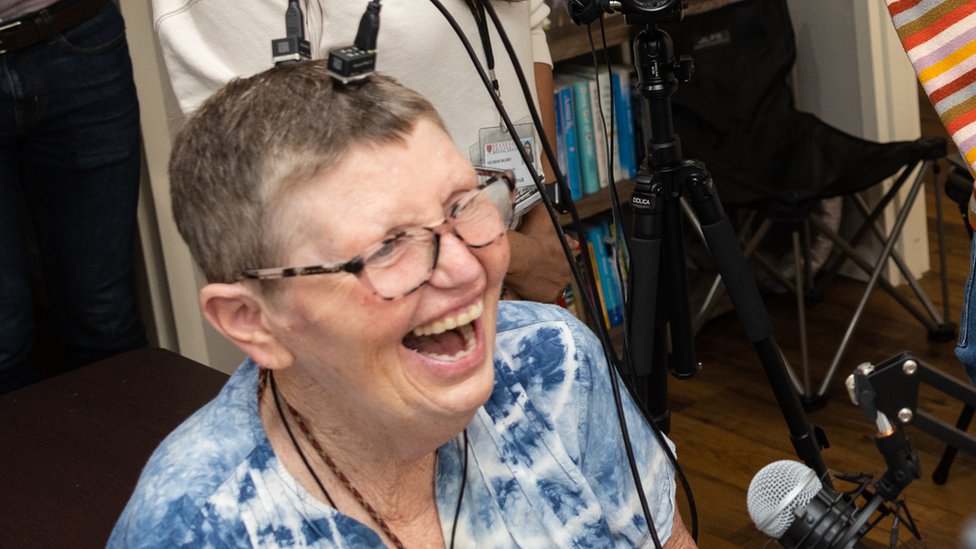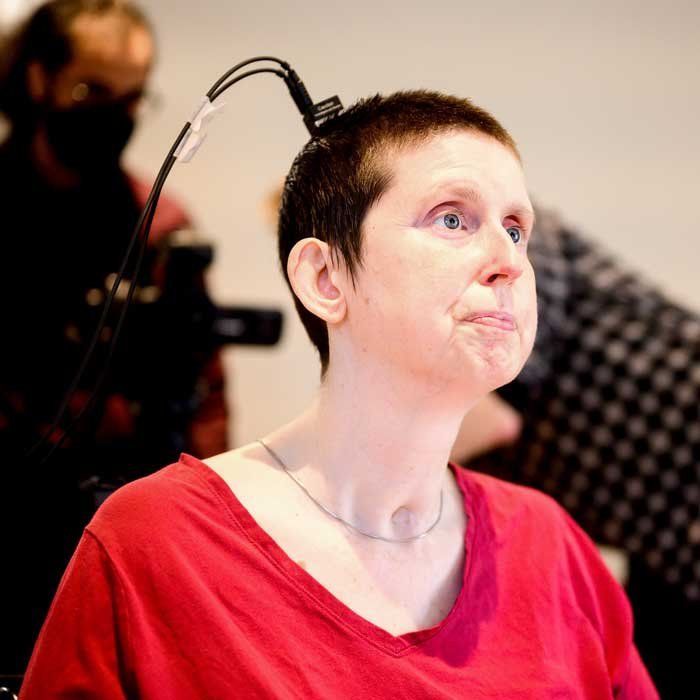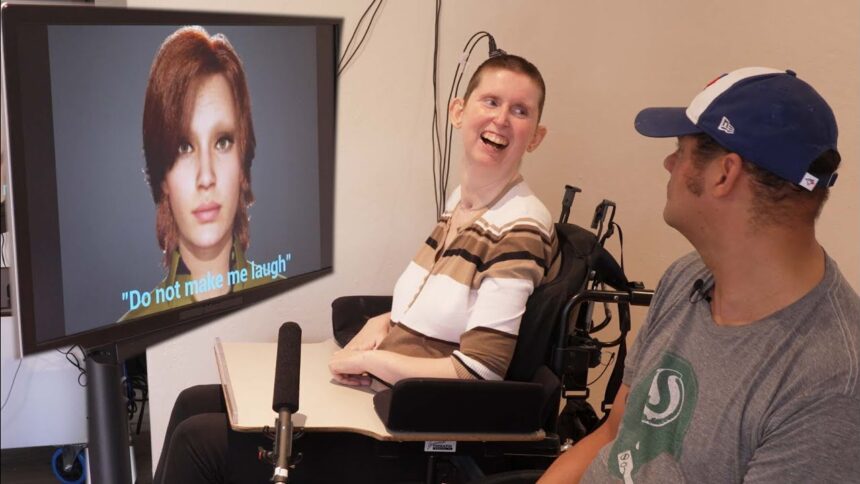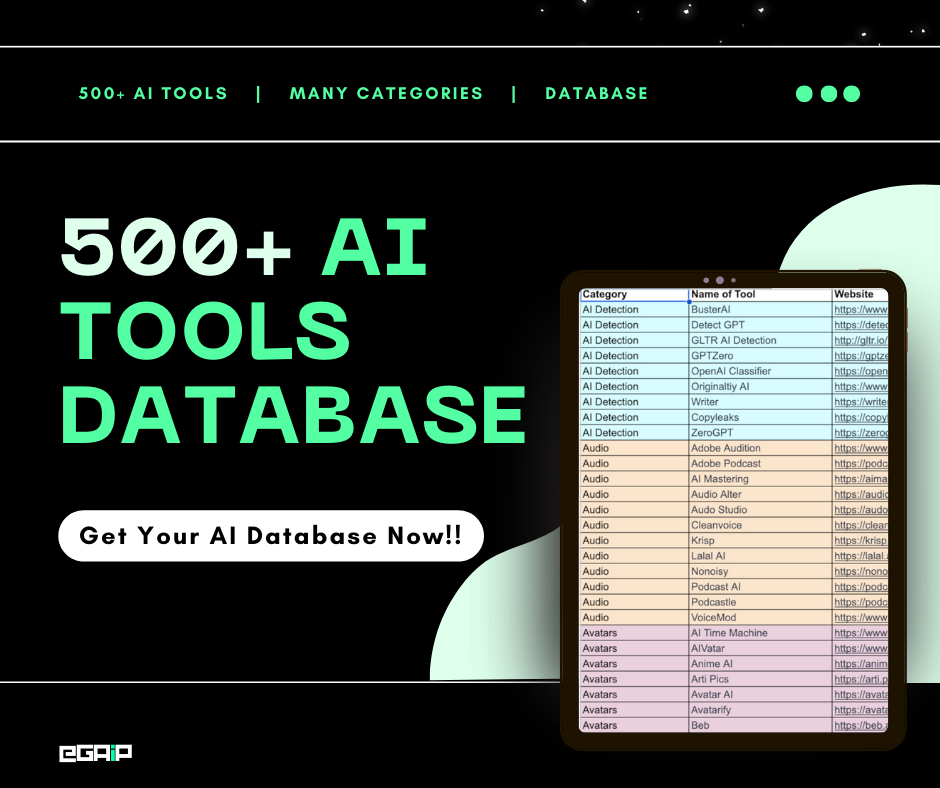- Stanford researchers use AI to help ALS patients talk via brain signals.
- UCSF and UC Berkeley teams enable a locked-in syndrome patient to communicate through a digital avatar.
- Systems are faster and more accurate than past attempts, reaching up to 78 words per minute.
- Technologies hint at a future where paralyzed patients can communicate fluidly.
Researchers have found a new way to help paralyzed people speak again. They use small devices put in the brain and special software.
This is big news for people who have lost the ability to talk because of diseases like ALS and Locked-in Syndrome.
At Stanford University, a team of scientists helped a woman named Pat Bennett with ALS. This disease weakens the muscles and can make you unable to move or speak.

The researchers put four tiny sensors in her brain. These sensors picked up her brain activity and sent it to a computer. The computer had software that turned her brain signals into words on a screen.
They trained the system for four months. By the end, the system could make out 62 words a minute with an error rate of about 24%.
In another study, a team from the University of California helped a woman named Ann who had Locked-in Syndrome. She couldn’t move or speak, but her brain worked fine.

They used a different kind of sensor on the surface of her brain. This sensor also sends signals to a computer.
The computer turned her brain signals into words and even facial expressions for a digital avatar. This avatar looked like her and could talk and make faces.
Ann’s system made out almost 80 words a minute.
Experts are pleased with these results. Frank Willett, a scientist at Stanford said, “It is now possible to think about a future where paralyzed people can talk freely.”
Other experts also agree that this is a big step towards helping paralyzed people live better lives.
Both studies show that this is just the start. There are challenges to solve, like making the sensors last longer in the brain.
However, the teams are hopeful and want to make approved systems for more people to use.
Latest News
For more in-depth coverage and analysis on the latest developments, visit our Breaking News section. Stay connected and join the conversation by following us on Facebook, and Instagram. Subscribe to our daily newsletter to receive the top headlines and essential stories delivered straight to your inbox. If you have any questions or comments, please contact us. Your feedback is important to us.









